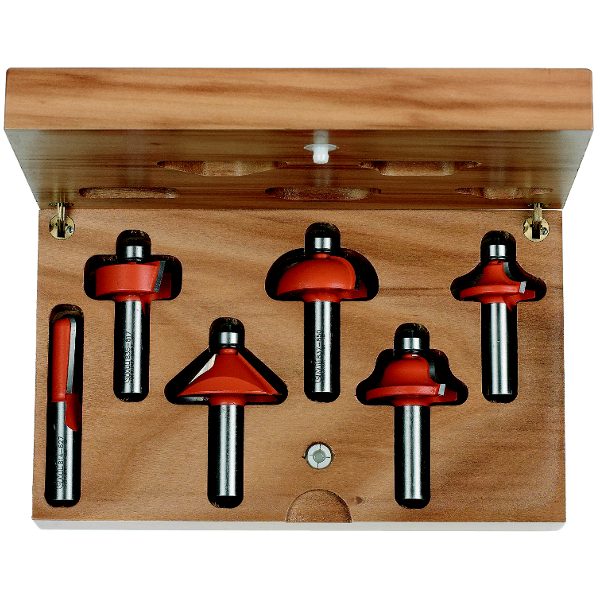
In bricolage, many tools are used to work wood. One of these is the cutter. From the French fraise: strawberry, due to the particular shape of the tips, the cutters have been designed to perform the cutting action on the side of the tool rather than on the tip, thus eroding the material instead of drilling it.
How to use a cutter properly?
First of all, equip yourself with:
- Cutter;
- Wood that you want to work with;
- Glasses and work gloves.
The first caution is to be careful to work always in the right direction. How to understand which is the correct direction? It is necessary to pay attention to the cutting teeth. They must be able to turn into the wood chosen for processing.
If you have accessories for freehand operation, it is the tool that has to move in the same direction in which the cutter rotates.
Instead, if a fixed cutter is used, the wood must rotate in the opposite direction (except for the grooves, in which the direction must be the same).
The processing speed must always be constant if an optimal result is to be achieved.
To avoid damaging the cutter, it must never come into contact with any metal elements fixed in the wood.
There are different types of cutter. Which one to choose?
The cutters are innumerable but the most common are mainly four:
- Cylindrical face milling cutter: the blades are located both on the front and on the flat end while the objective is to penetrate the material with vertical movement without affecting it;
- Cylindrical milling cutter: the blades are coiled and are arranged along the entire length of the stem until reaching the attachment to the spindle. The function of this particular cutter is to smooth the vertical walls evenly, without leaving traces of multiple passages;
- Truncated cone cutter: this type of milling cutter, even in its innumerable variations, does not change its final purpose, that is to be used mainly for finishes;
- Spherical cutter: the spherical head drills are used to remove the steps that are caused by the passage of large cutters, therefore, as for the truncated cone cutters, they perform the primary function of finishing the wood;
If you decide to use one cutter rather than another, it is important to never forget to always wear glasses and work gloves to protect face, eyes and parts of the body that are more exposed to the tool.
ToolTarget offers many types of milling cutters (milling cutters for electro milling machines, cutters with reversible knives …) that allow maximum precision both in cutting and sliding. Ask the best from your investment by optimizing the production.
ToolTarget: the custom choice for all your needs.





